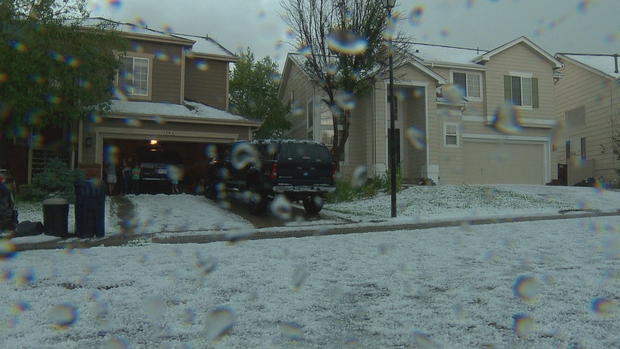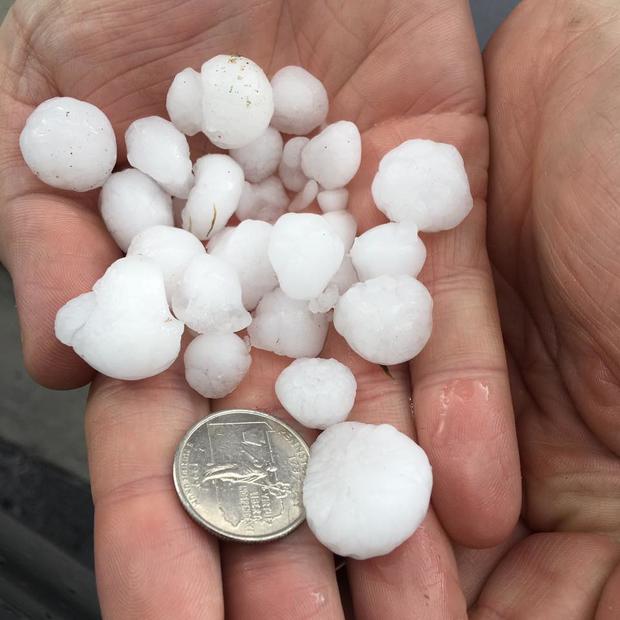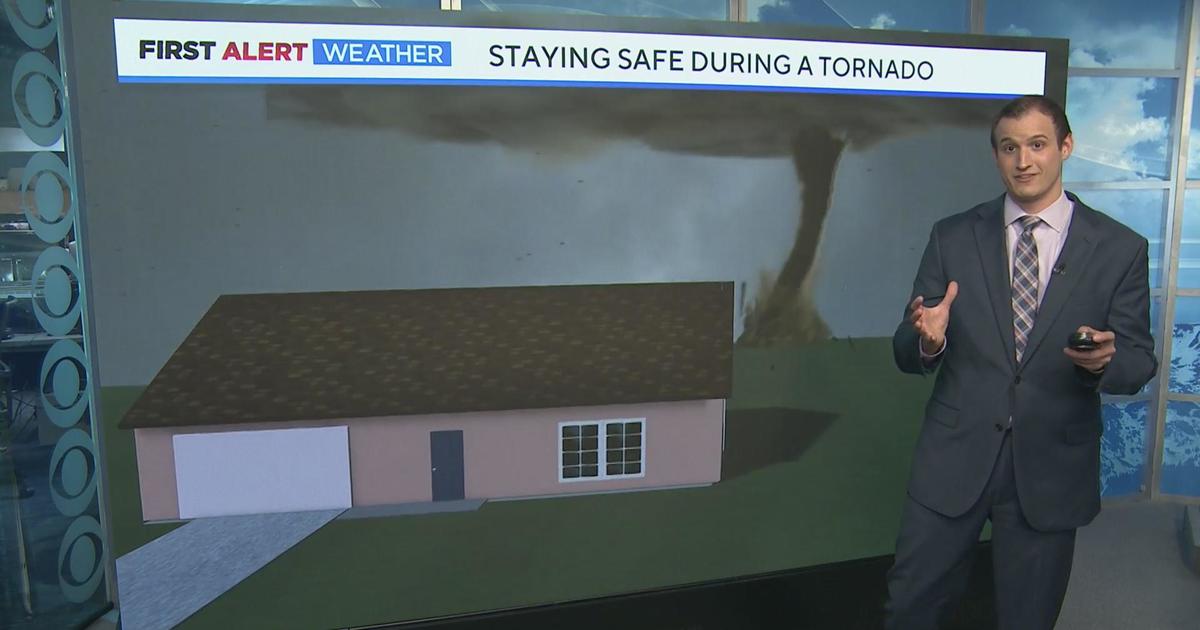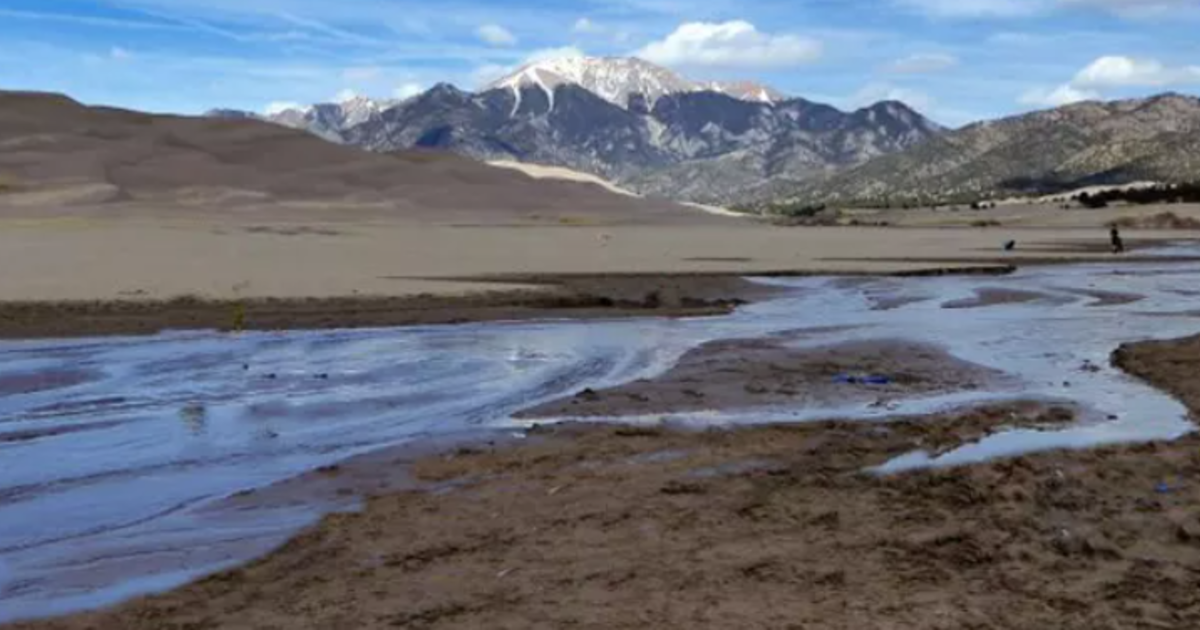How To Document Hail (Before The Evidence Melts)
By Chris Spears
DENVER (CBS4) - When hail strikes an area reports to the National Weather Service are critical to document the storm.
The simple reason is because the evidence melts, potentially within minutes, and if hail isn't documented in the official U.S. storm database, there's no formal record that it happened.
Hail reports are kept by the Storm Prediction Center and supplemental reports can be found with the Community Collaborative Rain, Hail and Snow Network.
HOW TO REPORT
- NE Colorado and Northern Front Range - Boulder NWS Office (303) 494-4221
- SE Colorado and Southern Front Range - Pueblo NWS Office (719) 948-9429
- Yuma, Kit Carson, Cheyenne counties - Goodland, Kansas NWS Office (785) 899-7119
- Western Colorado - Grand Junction, NWS Office: (970) 243-7007
- Handle the stone as little as possible. Photograph the stone untouched in the environment where you found it and include other stones that landed nearby. Separately photograph the stone with a ruler held directly beside or below it, and if possible, place an object of familiar size in the photo beside the hail stone, such as a baseball. Photos of hail damage are also appreciated.
- Carefully measure the greatest length (diameter) and girth (circumference) of the stone and photograph the measurement.
- If an accurate scale is available, weigh the stone to the nearest gram or nearest 1/16 ounce.
- Preserve the stone immediately in a sealed ziplock bag. If a bag is not available or is not big enough, use clear plastic wrap. Promptly place the hail in your freezer.
- Contact the Colorado Climate Center: 970-491-3690
First and foremost safety is always a top priority so refrain from making any hail documentation until it is safe to do so.
Things that are helpful to note include the time hail started to fall and when it ended, as well as the average size and largest size of the stones.
Hail reports should be made to either local law enforcement or the National Weather Service.
If possible take a picture of the hail with something in the photo to reference the hail's size, such as a coin or an object like a golf ball or baseball.
COLORADO'S RECORD HAILSTONES
The largest hailstones ever recorded in Colorado were 4.5" in diameter, but it's possible that we've seen larger stones that weren't documented.
Here's how to properly document hail that could potentially set a new record for Colorado.
Guide For Hailstone Size
Ping pong ball – 1.5 inches
Golf ball –1.75 inches
Tennis ball - 2.5 inches
Baseball - 2.75 inches
Hockey puck- 3 inches
Softball - 4 inches
Grapefruit - 4.5 inches
CD/DVD - 4.75 inches
Meteorologist Chris Spears writes about stories related to weather and climate in Colorado. Check out his bio, connect with him on Facebook or follow him on Twitter @ChrisCBS4.





